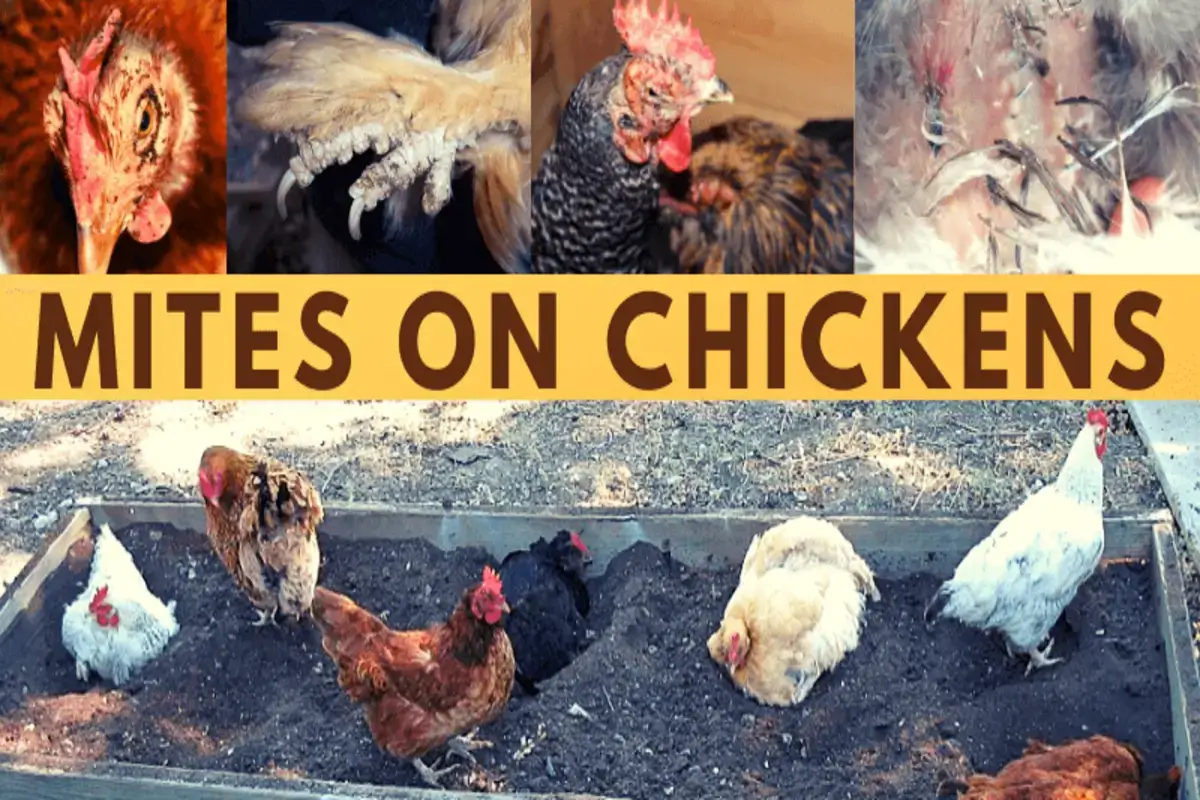Table of Contents
- Understanding Marek's Disease in Chickens
- Unraveling the Mystery of Marek's Disease Virus
- Prevention and Control Strategies to Prevent Marek's Disease
- Learning from Experience Real-life Case Studies
- The Future of Marek's Disease Management: Addressing Lymphoid and Myeloid Tumors
- Reflecting on Our Role as Chicken Stewards
Here at the Chicken Coop Company we offer a Marek's disease vaccination on all baby chicks. We allow and encourage you to make your own decision, as Marek's vaccination is optional. With all the joys of backyard chicken ownership come the inevitable responsibilities, including the duty to protect your flock from diseases like Marek's Disease. This article aims to help you learn more about Marek's disease in chickens and how to make an informed vaccination decision.
Understanding Marek's Disease in Chickens

What is Marek’s Disease?
Marek’s Disease is a highly contagious viral neoplastic disease that primarily affects chickens. It is caused by the Marek’s disease virus (MDV), also known as Gallid alphaherpesvirus 2 (GaHV-2). This virus belongs to the alphaherpesvirus family and is notorious for causing T-cell lymphoma and infiltrating nerves and organs with lymphocytes. The disease poses a significant threat to poultry production worldwide, impacting the health and productivity of chicken flocks. The worst part is there is no cure and all birds that are infected or near others that are infected will need to be killed to stop the transmission of Marek's.
The good news here is that as a backyard chicken owner there shouldn't be a lot of exposure but if you visit other friends or neighbors that have chickens you could certainly be at risk.
Causes and Transmission

Symptoms and Forms
Marek’s Disease manifests in various ways, causing a range of symptoms in affected birds. These can include paralysis of the legs, developmental retardation, and even death. The disease presents in three main forms:
Classic Form: Characterized by inflammation and tumors in the nerves, spinal column, and brain.
Acute Form: Marked by a rapid onset of symptoms and sudden death.
Chronic Form: Involves a slow onset of symptoms and a prolonged course of the disease.
Additionally, Marek’s Disease can lead to the development of lymphoid and myeloid tumors, which are often diagnosed through histopathological examination. Recognizing these symptoms early can help in managing and mitigating the impact on your flock.
Epidemiology and Prevalence
Marek’s Disease is a common affliction in chicken flocks around the globe. It is estimated that most flocks carry the disease, with prevalence varying based on factors such as the age and breed of the birds, as well as the level of biosecurity and vaccination practices implemented on the farm. Young birds are especially vulnerable to Marek’s Disease, which can significantly affect the health and productivity of chicken flocks. Understanding these epidemiological factors can help in devising effective prevention and control strategies.
Diagnosis and Testing
Diagnosing Marek’s Disease can be challenging due to its symptom overlap with other common chicken diseases. A definitive diagnosis often requires histopathological examination of tissues, PCR testing, and serological testing. The tumor diagnosis manual, published by the American Association of Avian Pathologists, offers a comprehensive guide to diagnosing and managing Marek’s Disease. Consulting a veterinarian or poultry expert is crucial for accurate diagnosis and effective treatment, ensuring the health and well-being of your flock.
By incorporating these new sections, the article now provides a thorough understanding of Marek’s Disease, from its causes and transmission to its symptoms, prevalence, and diagnosis. This comprehensive approach equips backyard chicken owners with the knowledge needed to protect their flocks from this common yet formidable disease.
Unraveling the Mystery of Marek's Disease Virus
To tackle Marek’s Disease effectively, it’s important to understand how the herpes virus operates as the causative agent. The virus spreads through feather dander, dust, and droppings, easily infecting birds via inhalation or contact with contaminated surfaces. Once inside a chicken, it attacks nerve tissues, causing paralysis, tumors, and even death. Symptoms can vary, but often include lameness, vision impairment, weight loss, and respiratory problems.
Diagnosing Marek’s Disease can be tricky, as its clinical signs often mimic those of other illnesses. However, a definitive diagnosis can be achieved through laboratory testing, which involves examining tissue samples for telltale signs of the virus.
Prevention and Control Strategies to Prevent Marek's Disease

If you buy chicks from us you can add it on or take it off in the checkout system. You can read more about our vaccination policy. In addition to vaccination, biosecurity measures are essential in keeping Marek’s Disease at bay. This includes maintaining a clean coop, controlling wild bird access, and minimizing stress for your flock. Good flock management practices, such as quarantining new birds before introducing them to your chicken coop, can also help prevent Marek's disease.
Learning from Experience Real-life Case Studies
Many backyard chicken owners have faced the challenges of Marek’s Disease firsthand. These real-life stories provide valuable insights and practical tips for managing and overcoming the disease. Take Sarah, for instance, a backyard chicken owner who discovered Marek’s Disease in her flock. Through diligent management, including quarantining affected birds and implementing strict biosecurity measures, she was able to protect her remaining chickens and prevent further spread of the virus.
Similarly, Tom shared his experience of losing several birds to Marek’s Disease, noting the presence of lymphoid tumors in the affected birds, before realizing the importance of vaccination and regular health checks. His story underscores the value of being proactive and staying informed about potential threats to your flock.
The Future of Marek's Disease Management: Addressing Lymphoid and Myeloid Tumors
The battle against Marek’s Disease, caused by the Marek's disease virus, is ongoing, with researchers continually seeking new methods to control and prevent it. Studies are underway to develop more effective vaccines and explore genetic resistance in chickens. Peripheral nerve enlargement, characterized by the enlargement of various peripheral nerves such as the vagus, brachial, and sciatic nerves, is a significant clinical feature of Marek's Disease. Some scientists are experimenting with advanced breeding techniques to produce inherently resistant birds, offering hope for a future where Marek’s Disease is less of a threat.
Despite these advancements, vigilance remains crucial. Staying informed about the latest research and trends in Marek’s Disease management can help backyard chicken owners make informed decisions and safeguard their flocks.
Reflecting on Our Role as Chicken Stewards
Marek’s Disease may seem daunting, but with the right knowledge and preparation to prevent Marek's disease, you can successfully protect your flock. By understanding the transmission, symptoms, and prevention strategies, you’re better equipped to face potential challenges head-on. Please don't let something like this overwhelm you and prevent you from getting chickens.
Proactive flock management, including vaccination, biosecurity measures, and ongoing education, is essential in keeping your chickens healthy and thriving. And remember, Marek's disease is not treatable—you’re not alone—there’s a supportive community of backyard chicken enthusiasts out there eager to share experiences, advice, and support.
If you’re ready to take your flock management to the next level, consider joining a local or online chicken community like our Facebook group. You can connect with fellow chicken owners to exchange tips, stay updated on the latest research, and find solace in shared experiences. Together, we can ensure our feathered friends lead healthy, happy lives while we enjoy the joys of backyard chicken keeping.





